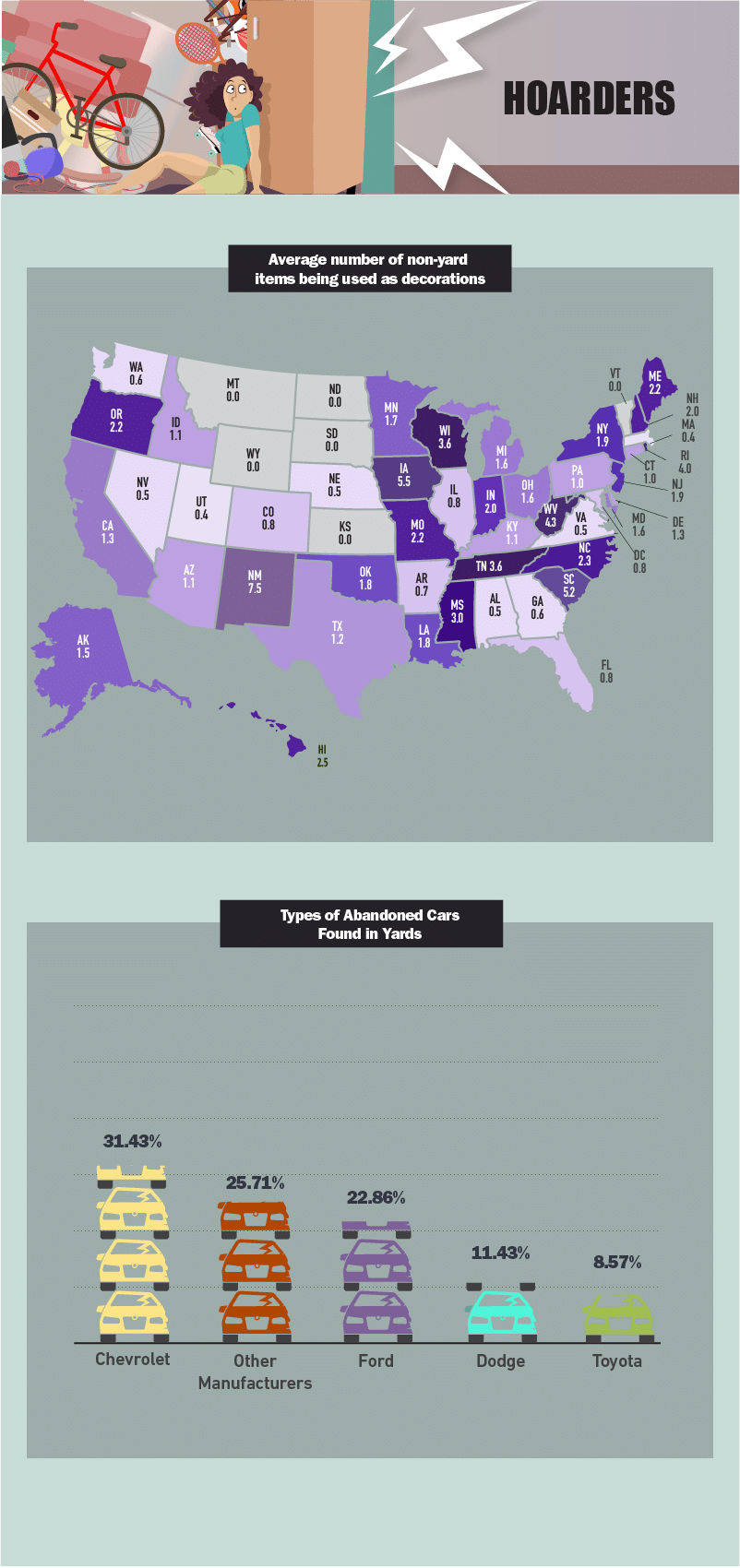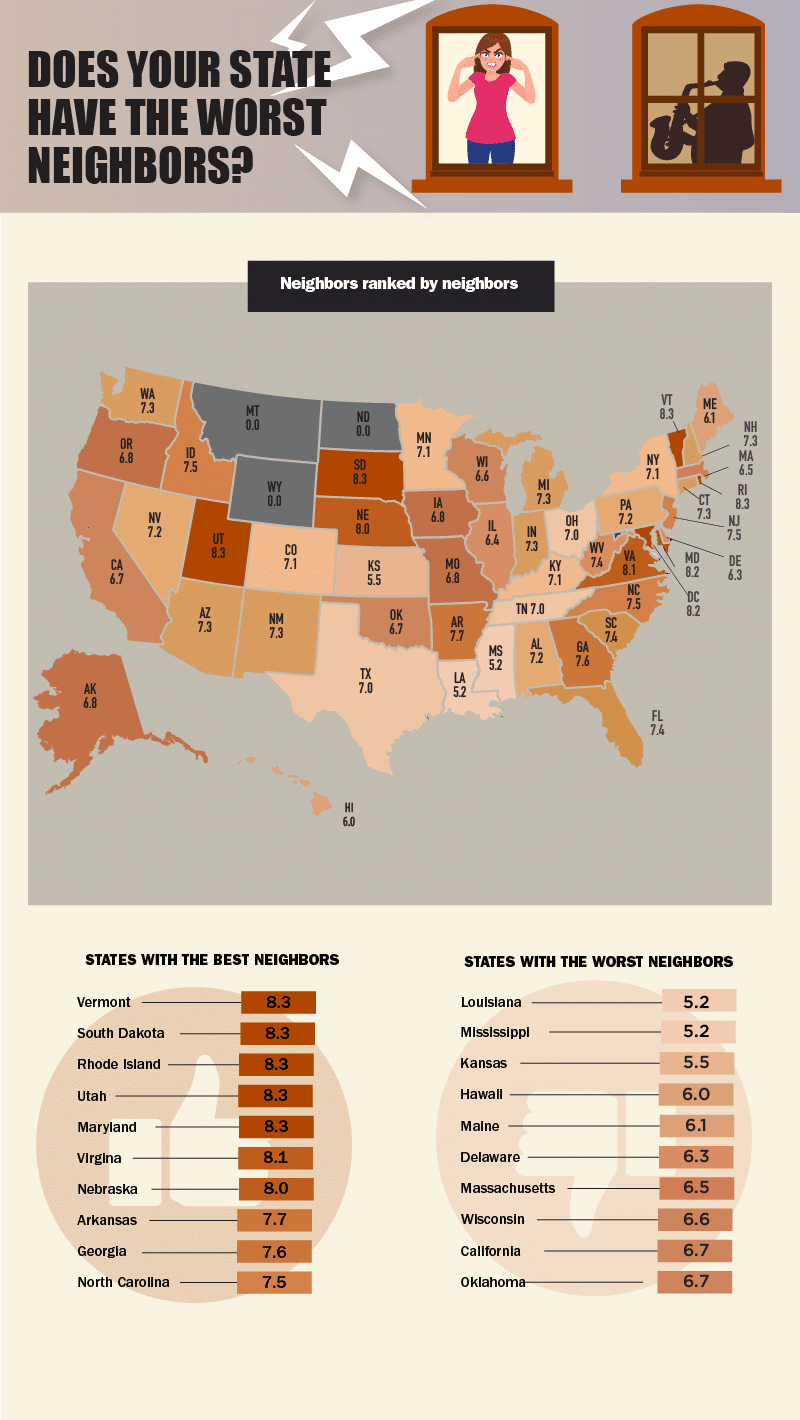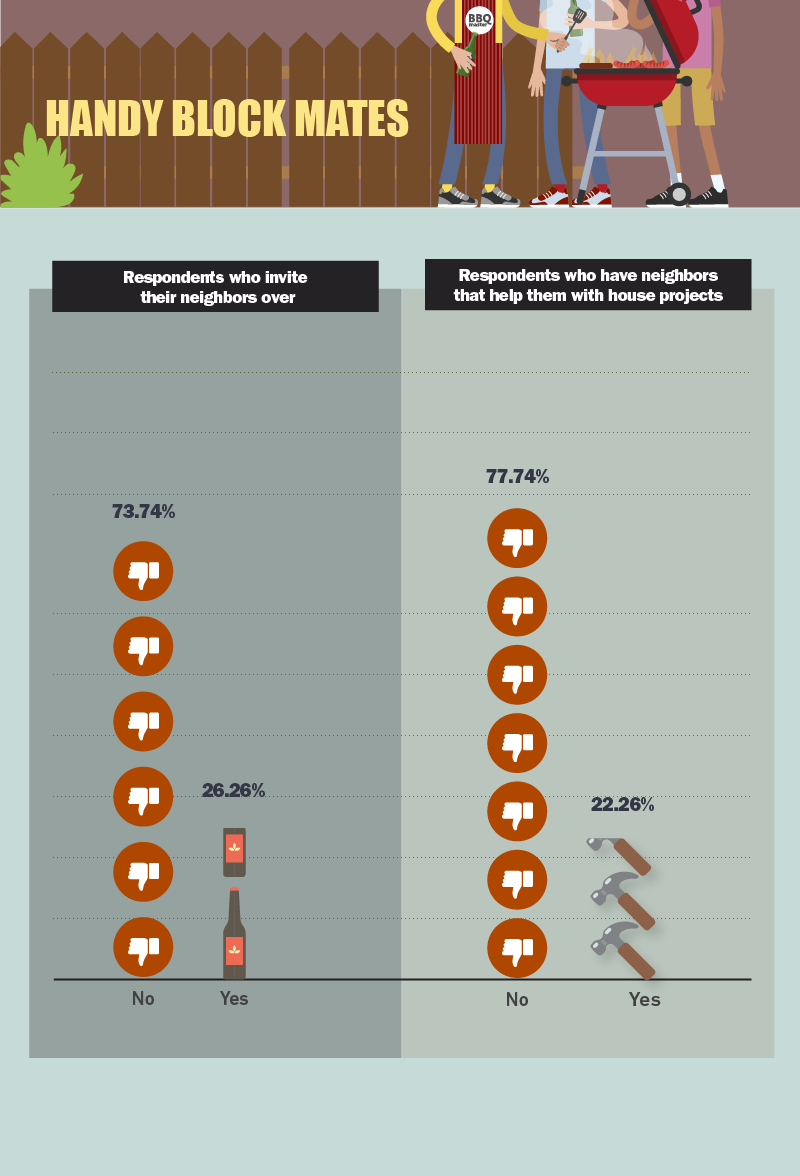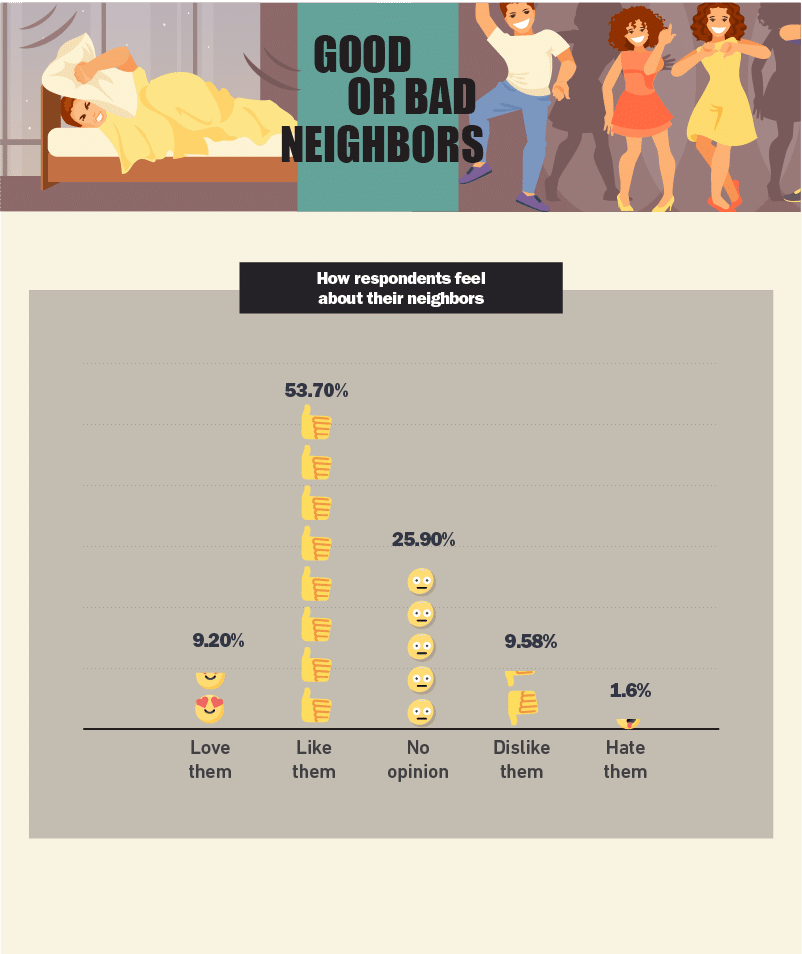

In America, the idea of a “neighborhood” was codified in the post-war economic boom. People born decades after the era know the imagery: white picket fences, neatly trimmed laws, neighbors waving to one another, and children selling lemonade or racing on bicycles.
And that classic image didn’t come from nowhere — Americans did see an unprecedented level of wealth not known to the common man before the 1950s. Average hours worked dropped, wages improved, and suburbia conquered the continent. Television programs from the period like Lassie or Leave it to Beaver reinforce this nostalgic image, in part by playing up the warm relationships between people who just so happen to live next to or near each other.
Whether or not this image of the past is right or not is certainly up for debate, but there’s no denying the cold hard truth in the modern day: sometimes neighbors suck.
Whether you live in an apartment building or a house by a cul de sac, you run the risk of cohabitating with people who sometimes seem dedicated to ruining your life.
Maybe it’s a new thing: there’s been extensive research on how atomized people have become over the decades, resulting in the sense of community diminishing. Because of this, people don’t care as much about those they live next to anymore — at least in theory. Maybe the neighborhood life wasn’t as rosy as it was pictured in black and white.
With our research below, this is what we wanted to learn more about. Are communities, even communities anymore? More importantly, are Americans good neighbors at all?
Hoarders
If you’ve ever lived in a rural area, you’ve seen this before: a leather couch clearly made for a living room left to face the elements next to a parked car. Sometimes, the vehicle has been sitting in that same spot for at least a month. Fun fact: Chevrolets are the most popular automobiles found in yards.
Luckily, there is a legal way to get rid of abandoned vehicles in your neighborhood.
Non-items like cars being used for decorations, if you can call them that, isn’t rare. Our data shows that this is a particularly popular thing to do in New Mexico. South Carolina and West Virginia are two other contenders.
What’s Their Name?
As it turns out, your chances for getting on a first-name basis with the person that lives next to you vary wildly depending on what type of home you’re living in. Just under thirds of respondents residing in apartments could not identify their neighbors by name, while over the same amount living in single-family homes were able to. However, 1 out of 3 families, not knowing who their neighbors is still a significant minority.
There is earlier research to support this. A 2015 study found that as much as a third of Americans, in general, have never even met their neighbors.
Pesky Pets
This data makes it very clear: Americans need to be better pet owners. At the very least, people with pets need to be more considerate. Our study found that a whopping 79 percent of respondents have neighbors that do not clean up their pet’s waste. Just over 16 percent report being kept awake by their neighbor’s pets.
With as many as 85 million families owning a pet in the United States, that’s a lot of waste left on the streets…
Does Your State Have the Worst Neighbors?
In the United States, the stereotype is that people who live in more urbanized states such as New York or California are less friendly with the people they live next to, and people in more rural states are more, well, neighborly. When it comes to how people really feel about their neighbors, our data is all over the place.
Respondents in Vermont, South Dakota, and Rhode Island all tied for having the highest opinions about their neighbors, while Louisiana, Mississippi, and Kansas were ranked among the worst.
This stereotype has been discredited before, with New York’s Hell’s Kitchen being ranked as one of the friendliest neighborhoods in the country.
Handy Block Mates
People don’t put in a whole lot of effort to get to know one another. Our data shows that the overwhelming majority of respondents — almost three quarters — have never invited their neighbors into their home. An even more substantial amount say that they’ve never had a neighbor assist them with any house projects.
There are, of course, plenty of exceptions. One Minnesota couple just hosted their 30th annual neighborhood block party.
Good or Bad Neighbors
Overall, respondents indicate that they at least have lukewarm feelings about the people that live around them. The crucial part here is that the people who either dislike their neighbors outright and the people who have no opinion both outnumber those who say they “love” their neighbors. Thankfully, absolute hatred is the smallest column here.
There are a ton of benefits to having a relationship with your neighbors. Obviously, this includes having a social circle, but it can also help your family and even keep your neighborhood safer.
Conclusion
After reading this, it should be clear that there is a breakdown in the sense of community among people who live in close proximity. The good news is that you can change that. It might require a bit of work, but you can be the person that hosts that block party or at least takes the initiative to get a handful of people from around the community together. Maybe that noisy couple across the street will be more inclined to tone it down knowing they could be upsetting someone they have a personal relationship with.
There’s no one correct way to do this, but before you do that — you need to get your own house in order. Something as simple as having a beautiful lawn can be a conversation starter. This would also make your home more inviting if you’re in the mood to socialize. Lawnstarter.com is an excellent resource for this.
Methodology
All participants were screened using a two-pronged approach: (1) description of selection criteria with a requirement for self-acknowledgment and acceptance, and (2) directly asking each participant to confirm each criterion, namely, at one time, had a “neighbor,” The term “Neighbor” was defined as “a person living near or next door to the speaker or person referred to.” A total of 1,150 attempts were made to take the online study, with 50 eliminated for: (1) not having a “neighbor”, (2) failing captcha, (3) not completing the survey, or (4) a mixture of these. Additionally, 25 response sets were eliminated for having duplicate IP addresses, for a total of 92 eliminations, yielding a completion rate of 89.13%, and a final n = 1,025. This study employed an online survey using a convenience sampling methodology via Amazon’s Mechanical Turk, with a subsequent posteriori exploratory, correlational data analysis methodology employed after completion of data scrubbing via Microsoft Excel and data visualization via Tableau.
Want to use our study?
Please feel free! All that we ask is that you include a link back to this page so readers can learn more about the study.











